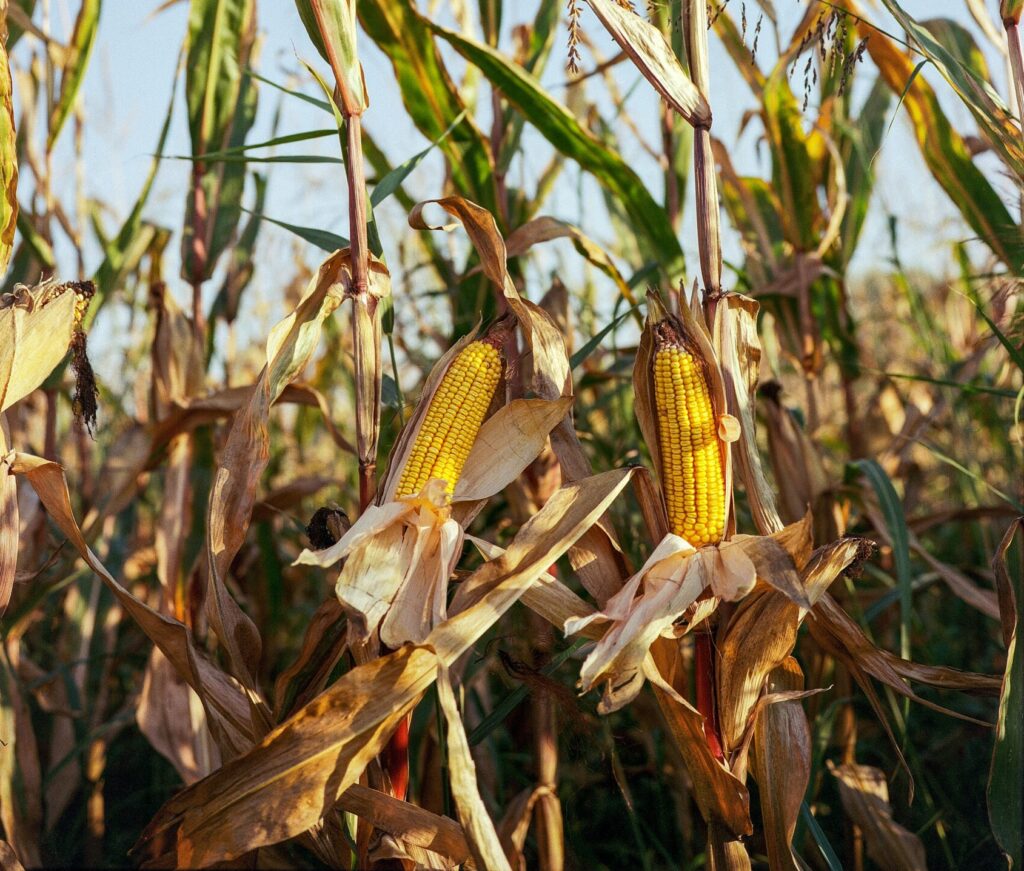Wheat, one of the most widely cultivated cereal crops, has specific water and sunlight requirements to produce a healthy yield. Ensuring that wheat plants receive the right amount of water and sunlight is crucial for their growth and grain development. Here’s a look at the ideal conditions wheat needs to thrive.
Water Requirements for Wheat Growth
Wheat is relatively drought-tolerant, but it still requires a sufficient water supply, especially during its critical growth stages. Here’s how water impacts wheat development:
- Total Water Needs: Wheat typically requires between 12 to 35 inches (300-900 mm) of water throughout its growing season. This amount can vary depending on the wheat variety, soil type, and climate. In arid regions, wheat may rely on irrigation to meet these needs, while in areas with ample rainfall, irrigation may be minimal.
- Critical Growth Stages for Water:
- Germination: At this stage, seeds need moisture to germinate. A well-prepared, moist seedbed ensures successful sprouting.
- Tillering: Tillering is when wheat plants develop additional shoots, contributing to a fuller plant. Moist soil during this stage helps plants produce more shoots, increasing potential yield.
- Booting and Heading: As wheat reaches the booting (early flowering) and heading (spike formation) stages, it’s crucial to maintain adequate moisture. Lack of water during this period can reduce grain size and overall yield.
- Grain Filling: Sufficient water during the grain-filling phase ensures plump, healthy grains. Dry conditions at this stage can result in smaller, shriveled grains, affecting quality and yield.
- Irrigation Tips: In areas where rainfall is insufficient, supplementary irrigation can help meet water needs. Methods like drip or sprinkler irrigation are often preferred as they distribute water evenly and conserve resources.
- Avoiding Overwatering: While wheat needs a certain amount of moisture, waterlogging can damage roots and hinder growth. Well-draining soil and careful irrigation prevent excess water from building up around roots.
Sunlight Requirements for Wheat Cultivation
Sunlight is vital for photosynthesis, which fuels the plant’s growth and energy production. Wheat needs ample sunlight, especially during the early and middle stages of growth.
- Daily Sunlight: Wheat plants require at least 6-8 hours of sunlight daily to promote healthy growth. Sufficient sunlight allows for optimal photosynthesis, which helps the plant produce energy and develop strong stems and leaves.
- Sunlight Intensity:
- Spring and Winter Wheat: Both varieties benefit from full sunlight. However, winter wheat is planted in fall, so it receives lower sunlight levels initially, entering a dormant stage during winter before resuming active growth in spring.
- Flowering and Grain Maturity: During flowering and grain-filling stages, adequate sunlight is essential for maximizing grain size and yield. Lack of sunlight during this period can slow development, reducing yield quality.
- Effect of Shading: Wheat fields that receive partial shading or are located in cloudy regions may experience slower growth and reduced yields. Sunlight exposure affects chlorophyll production, which directly impacts grain quantity and quality.
Balancing Water and Sunlight for Optimal Wheat Yield
Successfully cultivating wheat involves balancing water and sunlight, as both are critical for different stages of the growth cycle. Here are some tips for ensuring optimal growth:
- Field Positioning: Plant wheat in open areas with unobstructed sunlight exposure to avoid shading and ensure even growth across the field.
- Water Management: Regularly monitor soil moisture and rainfall levels. In rain-fed areas, consider mulching to retain soil moisture, especially in dry periods.
- Adaptation to Climate: Select wheat varieties best suited to your local climate. Some varieties are more drought-resistant, while others may perform better with slightly less sunlight.
Wheat thrives when given the right balance of water and sunlight. Proper irrigation at critical stages and access to full sunlight throughout the growing period are key factors that contribute to a strong and productive wheat crop. By understanding and managing these requirements, farmers can achieve higher yields and healthier grains, supporting food production and sustainability.
















